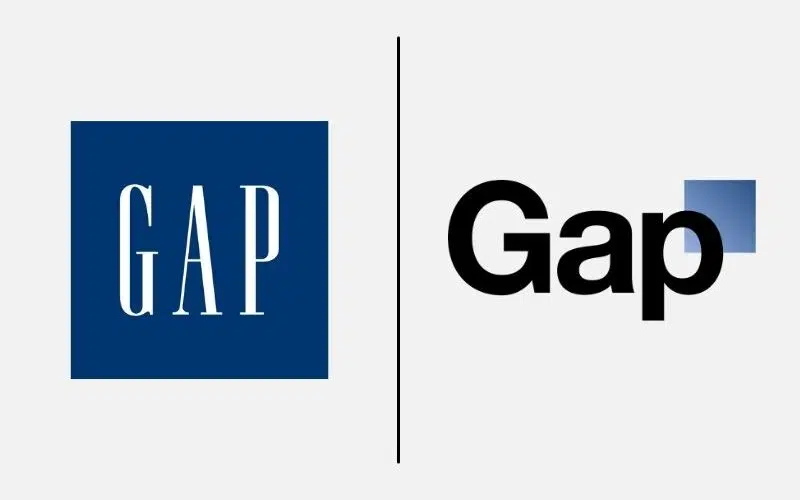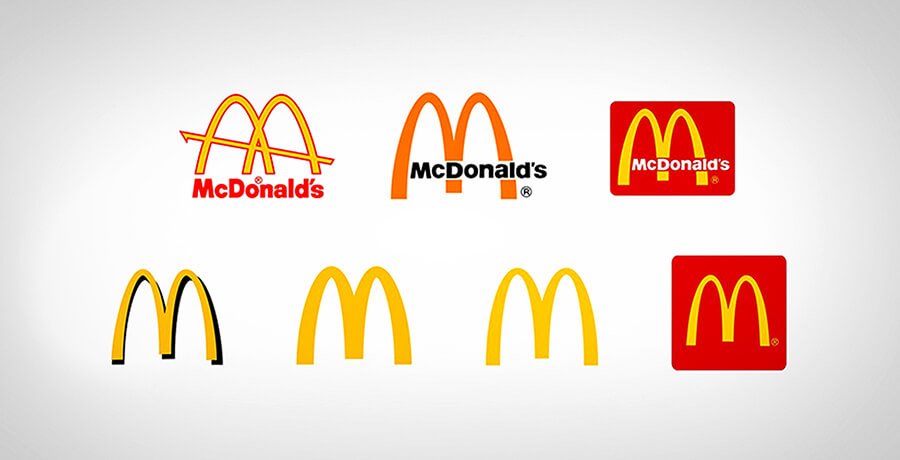Feeling the weight of the marketing world on your shoulders? It’s a familiar story. The pressure to make the right choices—paid ads, TV spots, influencer collabs—can feel overwhelming.
Regardless of the path you choose to market your brand, what truly matters is the message you convey to your customers. The language, tone, and essence of your message are what will determine your brand’s positioning and distinguishing you in a sea of competition. It’s not just about endless repetition, shouting the loudest, or choosing the flashiest platform—it’s about connecting authentically with your audience and leaving a lasting impression.
So, let’s go over the power of effective messaging and unlock the door to standing out amidst the noise.
Context
Contextual messaging serves as the true voice of your business, resonating with your customers either positively or negatively. It’s crucial for conveying your brand’s identity, values, and offerings in a way that connects with your target audience.

Nike‘s “Just Do It” campaign is a classic example of contextual messaging that resonates with its target audience of athletes and fitness enthusiasts by inspiring action and determination.
One of the biggest mistakes in contextual (or visual for that matter) messaging is basing your brand message solely on assumptions rather than data or customer insights. This can lead to messages that don’t effectively resonate with your audience or, worse, alienate them altogether.
Another quick path to failure is a message that overpromises. One of the fundamental rules in marketing is to consistently underpromise and overdeliver, rather than the opposite approach.
The ill-fated Fyre Festival relied heavily on contextual messaging that promised a luxury music experience but failed to deliver, resulting in widespread disappointment and backlash from attendees.
The best approach to contextual messaging is to thoroughly understand your target audience, their needs, pain points, and preferences. Use data-driven insights to tailor your message and ensure that it speaks directly to the desires and concerns of your audience.
And never promise what you can’t give.
Visual
Visual messaging is equally, if not more important than contextual messaging, as it encompasses your brand’s logo, imagery, colors, and overall design aesthetic. Besides, where contextual messaging appeals to our logic and culture, visual messaging sometimes influences our subconscious. We may not necessarily register messages conveyed visually with our consciousness, but they may still be influencing us – in both positive and negative ways – without us even knowing it.
There is great power in visual messaging. With just the use of colors, shapes, and fonts, we can create impressions of strength, reliability, calmness, rapport, and more. Never underestimate the importance of the visual message.
Coca-Cola‘s iconic red and white logo, coupled with its timeless advertising campaigns featuring polar bears and Santa Claus, have solidified its visual identity as a symbol of happiness and togetherness.
And while leveraging visual messaging for success is straightforward, it’s equally easy to make a mistake that could tarnish even established brands’ good reputation.
One common mistake in visual messaging is inconsistency in design elements, which can confuse consumers and weaken brand recognition. Another mistake is using low-quality or generic visuals that fail to captivate or differentiate your brand from competitors. Color choice is also important as it needs to align with the feeling your products and services are associated with.

A great example of a visual brand message failure is the rebranding attempt by Gap in 2010. The clothing retailer announced a new logo featuring a lowercase “gap” in a bold, black font with a small blue square in the top right corner. The new design received widespread criticism from consumers and design experts alike, who deemed it bland, uninspired, and disconnected from the brand’s heritage, overwhelmingly describing the new image as inexpensive and tasteless. Within a week, Gap reverted to its original logo following the backlash, highlighting the importance of careful consideration and market research in visual branding decisions
Invest in high-quality visual assets that accurately represent your brand identity and resonate with your target audience. Carefully select your brand colors that would properly represent your service or product. Ensure consistency in design across all platforms and channels to reinforce brand recognition and trust.
Speaking of consistency!
Consistency
Consistency in your brand messaging is the cornerstone of effective communication, ensuring that your brand’s voice, values, and promises remain uniform across all channels and interactions. It promises recognition, reliability, and trust among consumers.

McDonald‘s maintains consistency in its brand communication through its recognizable golden arches logo, red and yellow color scheme, and consistent messaging around convenience, affordability, and family-friendly dining experiences. You can’t mistake their logo for anything else.
Mistakes in consistency although are costly!
One of the problems of ineffective brand messaging is inconsistency in messaging, tone, or visual elements across different touch-points. This can confuse consumers and dilute brand’s identity. Another mistake is frequent changes or deviations from established identity, which can erode trust and credibility.
In its early days, Yahoo! underwent frequent changes to its logo, website design, and branding strategy, leading to confusion among users and undermining its brand identity. True, it’s competing with the large and modern Google, but failure to stay solid and instead focus on the service cost Yahoo their acquired “dinosaur” status in web search. Nobody takes it seriously anymore.
Establish clear brand guidelines that outline your brand’s voice, tone, visual elements, and messaging principles. Ensure that all marketing materials, advertising campaigns, social media posts, and customer interactions adhere to these guidelines consistently.
One of the most reliable methods is to create a Brand Guide (or Style Guide) crafted by a skilled designer. This comprehensive guide outlines how all brand elements will be used across various applications. Avoid frequent rebranding and excessive experimentation. Your brand’s face, identity, and visual messaging can either make or break your business, particularly in its infancy.
That’s why it’s crucial to allocate a budget for creating solid branding and its guidelines from the outset of your business. This is precisely the scenario where getting it right the first time is imperative.
Authenticity
And last but not least, nothing will hurt you more in gaining and retaining customer rapport than being sincere and staying true to who you are and your word.
Authenticity in your brand messaging is extremely important in building trust and credibility with your audience. It’s about genuinely caring about your customers’ needs and delivering value in a sincere and transparent manner.

A prime example is Patagonia‘s consistent commitment to environmental sustainability and social responsibility is reflected in its authentic messaging and actions, such as using recycled materials in its products and advocating for environmental conservation initiatives.
Dove‘s “Real Beauty” campaign challenges conventional beauty standards and promotes body positivity and self-acceptance, resonating authentically with its audience and fostering meaningful conversations around beauty and self-confidence.
However, even “Real Beauty” campaign faced challenges in 2017 when Dove released an ad that depicted a black woman removing her shirt to reveal a white woman underneath. This portrayal sparked accusations of racism and ignited widespread criticism on social media. In response, Dove issued a statement apologizing for the ad and acknowledging that it had ‘missed the mark’. Despite the misstep, Dove demonstrated authenticity by admitting its mistake and using the incident as an opportunity for reflection and growth.
Indeed, one of the primary mistakes a brand message can encounter is insincerity or attempting to appear genuine without truly embodying the brand’s values or mission. Additionally, inconsistency between a brand’s messaging and its actions or behaviors can breed skepticism and distrust among consumers.
Volkswagen‘s “Clean Diesel” campaign touted the eco-friendliness of its diesel vehicles, but it was later revealed that the company had manipulated emissions tests, leading to a loss of trust and credibility among consumers. These kinds of mistakes are never forgotten!
Be true to your brand’s values, mission, and purpose in all your communications and interactions. Focus on building genuine connections with your audience by listening to their feedback, addressing their concerns, and delivering on your promises consistently. Be honest and stay true to your word.
Do it right the first time!
The messaging choices made by small businesses can significantly impact their ability to attract and retain customers. Poor messaging can lead to missed opportunities, decreased brand visibility, and ultimately complete business failure.
One common mistake is failing to understand the target audience and crafting messaging that resonates with their needs and preferences. Additionally, inconsistency or lack of clarity in messaging can confuse potential customers and weaken brand perception. Another mistake is using messaging that lacks differentiation, making it difficult for businesses to stand out in a crowded marketplace. Sometimes, you only get one chance to impress your potential customers.
Even if your startup budget is small, allocate a portion of it towards your visual and contextual brand messaging strategy. Have your logo professionally designed and ensure that your brand identity aligns with the nature of your products and services. And use your message to effectively communicate your brand’s values and offerings wisely!




